This is my seventh monthly Patch Wednesday post where I discuss a question about video games that I think is unanswered, unexplored, or not posed yet. I will propose my own tentative ideas and invite comments.
The series is called Patch Wednesday to mark the sometimes ragtag and improvised character of video game studies.
Here is a figure from Brian Schrank’s interesting new book Avant-garde Videogames. In the book, Schrank discusses various types of art-world avant-garde, and examines how they correspond to experimental video games.
Schrank structures the discussion around two axes of radical-complicit and political-formal. (I am personally placed in the bottom-right mainstream formal and complicit quadrant, but that’s OK.) He acknowledges the simplicity of this model and has many nuanced points and observations.
But let me just look at the political-formal axis. It represents video games, and art, such that a video game is either political or it is a formal experiment. Art historians can talk about this question at great length, but it is certainly an idea that was also expressed in 1940’ies denunciations of experimental, formalist, art. In that case, a powerful political entity felt threatened by experimental art and therefore decreed that artists should simply stop experimenting and rather only express established ideas in well-known form. And of course, the well-worn argument about art for art’s sake – that art should be judged on its own terms outside politics – sets up a similar opposition between the political and the formal experiment.
But is this really what we see in video games? Consider any of the high-profile political video game such as Howling Dogs, Dys4ia, Unmanned, September 12th, Cart Life. All of these games are highly experimental in form and political. In fact, it is clear that their political messages are expressed through their experimental form. And it seems the formal-political distinction breaks down in most of the obvious examples of political video games.
Fortunately, there is an alternative view which has much more explanatory power. Here is Salman Rushdie reviewing Gabriel Garcia Márquez’ novel Chronicle of a Death Foretold. Rushdie says that magical realism (where supernatural events naturally happen in seemingly realist settings) is a way of expressing experiences that cannot be expressed through established more forms such as plain naturalism. The formal experiment is necessary in order to express political ideas and overlooked experienced:
El realismo magical, magic realism, at least as practised by Márquez, is a development out of Surrealism that expresses a genuinely ‘Third World’ consciousness. It deals with what Naipaul has called ‘half-made’ societies, in which the impossibly old struggles against the appallingly new, in which public corruptions and private anguishes are somehow more garish and extreme than they ever get in the so-called ‘North’, where centuries of wealth and power have formed thick layers over the surface of what’s really going on. In the works of Márquez, as in the world he describes, impossible things happen constantly, and quite plausibly, out in the open under the midday sun. (Salman Rushdie, Imaginary Homelands)
This, I think, is a more convincing way of seeing the issue. New and experimental literary forms are necessary because they are the only way to express complex and hitherto unexpressed experiences. Political video games are also formal experiments in game design because this is the only way to express new and radical ideas. There is no opposition between the political and the formal experiment. Fortunately, for think how drab the world would be otherwise.
PS. And this is not a criticism of Schrank’s very useful book. It’s just a discussion of a particular view on the relation between formal experiment and political expression.

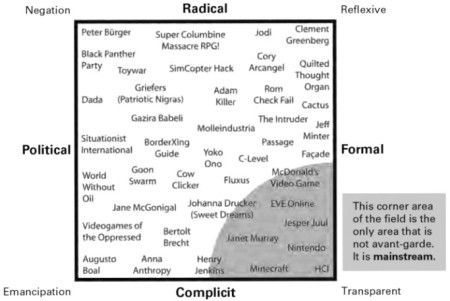
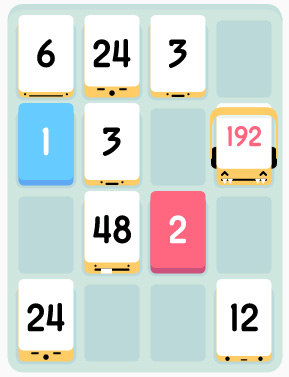
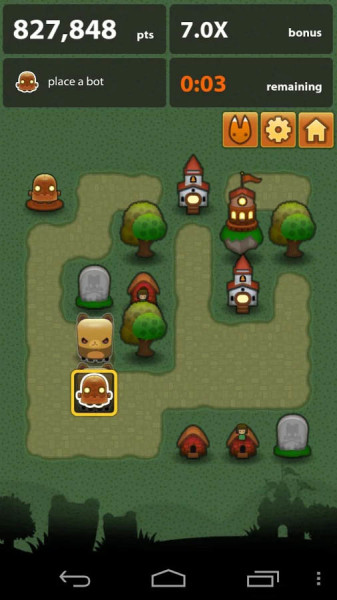
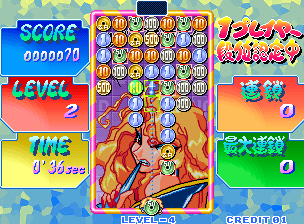 The king in Checkers – but this is not what I meant, since the stacking of two pieces is just a convenient way to signal a special piece, rather than an element of the gameplay. So merging is to be understood in a gameplay-sense.
The king in Checkers – but this is not what I meant, since the stacking of two pieces is just a convenient way to signal a special piece, rather than an element of the gameplay. So merging is to be understood in a gameplay-sense.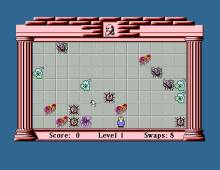 New winner (thanks to Marc Majcher): the 1990 Darwin’s Dilemma.
New winner (thanks to Marc Majcher): the 1990 Darwin’s Dilemma.![DBTPlay07[1]](http://www.jesperjuul.net/ludologist/wp-content/uploads/2014/04/DBTPlay071.jpg) his was easy: I immediately recognized the slide to combine control of Denki Blocks (2001). In Denki Blocks, objects don’t merge to occupy a shared space, but rather become stuck to each other.
his was easy: I immediately recognized the slide to combine control of Denki Blocks (2001). In Denki Blocks, objects don’t merge to occupy a shared space, but rather become stuck to each other.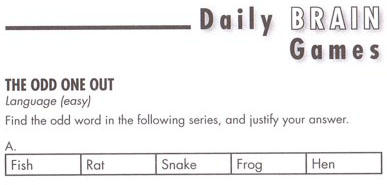
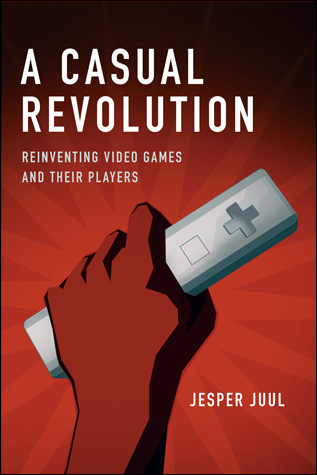 It seems a long time ago, but I once wrote a book called
It seems a long time ago, but I once wrote a book called 